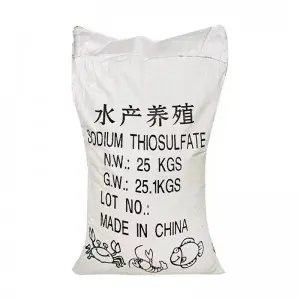



paint chemicals list
Understanding Paint Chemicals An Overview of Key Components in Paint Formulations
Paint is a ubiquitous material, utilized in a variety of applications from industrial to residential settings. Its formulation is more complex than it might appear at first glance, composed of various chemicals, each serving a specific purpose to achieve desired properties such as color, adhesion, durability, and finish. This article provides an overview of key chemicals commonly found in paints, helping you understand the chemistry behind the colors that adorn our walls and furnishings.
1. Pigments
Pigments are the coloring agents in paints and are critical for providing opacity and aesthetic appeal. They come in two main categories organic and inorganic. Organic pigments are derived from carbon-containing compounds and tend to offer vibrant colors. Conversely, inorganic pigments, such as titanium dioxide, are often used for their excellent opacity and resistance to fading. The choice of pigment affects not only the color but also the durability and lightfastness of the paint.
2
. BindersBinders are essential components that hold the pigment particles together and adhere them to the surface being painted. They can be natural (like oils and resins) or synthetic (such as acrylics and polyurethanes). The most common binder in water-based paints is acrylic, which provides good adhesion and flexibility. In oil-based paints, alkyd resins are often used for their excellent durability and moisture resistance. The type of binder influences the paint's finish, drying time, and washability.
3. Solvents
Solvents play a crucial role in the application process of paints. They dissolve the binders and adjust the viscosity, making it easier to apply the paint smoothly. Solvents can be organic or water-based; traditional solvents like mineral spirits and turpentine are commonly used in oil-based paints, while water is the primary solvent in latex paints. However, there has been a significant shift towards low-VOC (volatile organic compound) and water-based formulations due to environmental concerns and health regulations.
paint chemicals list

4. Additives
Additives are used in small quantities to enhance specific properties of paint. These can include
- Surfactants Help improve the wetting properties of the paint, ensuring an even application. - Thickeners Increase the viscosity of the paint, which can help prevent sagging during application. - Preservatives Protect the paint from fungal and bacterial growth, extending its shelf life. - Flatting Agents Control the sheen level, allowing for either a glossy or matte finish.
Each additive introduces unique characteristics to the paint, ensuring that it meets specific performance criteria.
5. Driers
In oil-based paints, driers are critical for speeding up the drying process. They facilitate the oxidation of the oil in the binder, allowing the paint to cure and harden more quickly. Common driers include cobalt and manganese compounds; however, they must be used judiciously to avoid issues like discoloration or cracking.
Conclusion
The chemistry of paint is richly intricate, with each component strategically selected to contribute to the final product's performance and appearance. Understanding the roles of pigments, binders, solvents, additives, and driers can provide valuable insights for both professionals and DIY enthusiasts. As the industry evolves, innovations in paint chemistry continue to improve durability, environmental impact, and application ease. Whether you are choosing paint for an artistic project, home improvement, or industrial use, being informed about the chemical components can enhance your decision-making process, ensuring that the final results are not only beautiful but also lasting.
-
Why Sodium Persulfate Is Everywhere NowNewsJul.07,2025
-
Why Polyacrylamide Is in High DemandNewsJul.07,2025
-
Understanding Paint Chemicals and Their ApplicationsNewsJul.07,2025
-
Smart Use Of Mining ChemicalsNewsJul.07,2025
-
Practical Uses of Potassium MonopersulfateNewsJul.07,2025
-
Agrochemicals In Real FarmingNewsJul.07,2025
-
Sodium Chlorite Hot UsesNewsJul.01,2025










